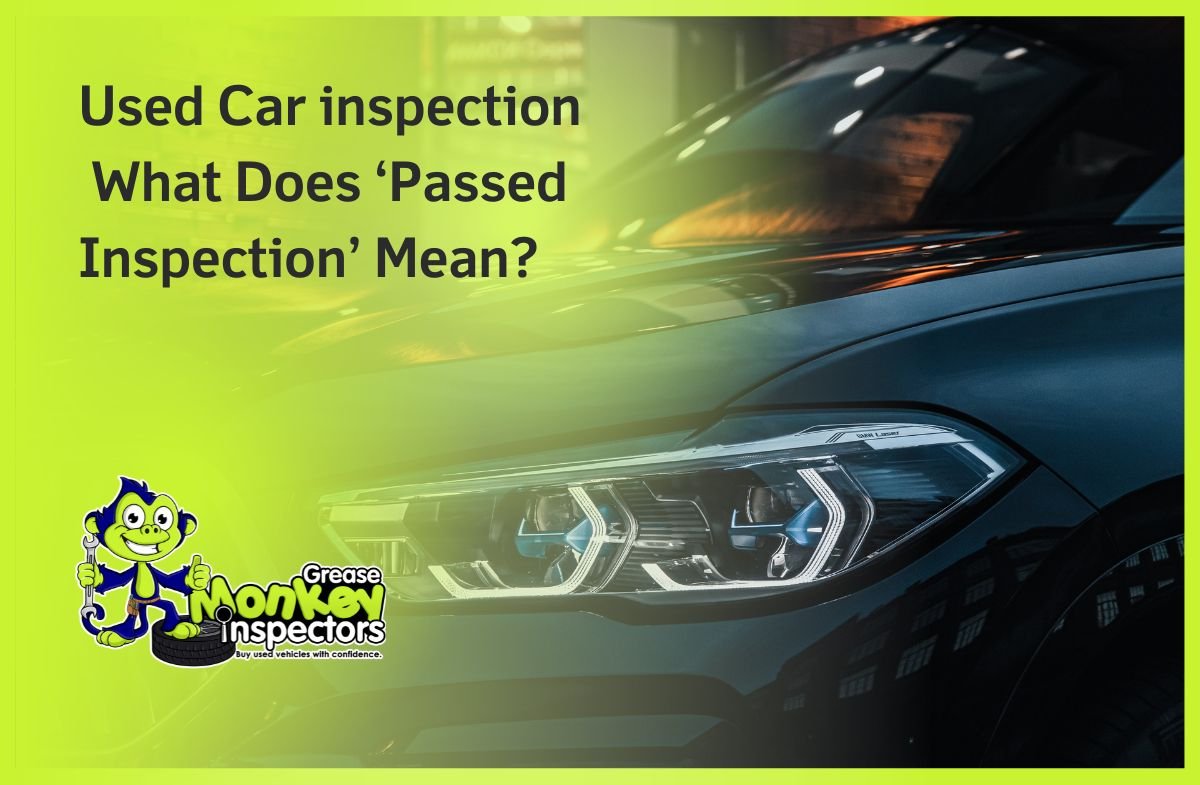A “pass” on a used car inspection report might seem like a green light. But it can actually give buyers a false sense of security. It sounds reassuring, sure- but do you really know what’s been checked? Or more importantly, what hasn’t? Let’s break it down.
Used Car inspection | What Does ‘Passed Inspection’ Actually Mean?
In most cases, a passed inspection just means the car meets basic roadworthy requirements. Think brakes, lights, tyres and steering. However, the depth of these checks can vary a lot depending on who is doing the inspection.
Used car inspections in Melbourne often focus more on compliance than on digging deep. Your mechanic might confirm the car won’t break down as soon as you drive it. But they might miss costly issues hiding just below the surface. Read our blog on how to pass inspections for more information.
The Big Blind Spots
The problem is that standard inspections don’t always go far enough. Things like engine internals, transmission health, and the electrical system typically only get a quick look. And what about air conditioning, advanced safety features or signs of flood or accident damage? Those often fly under the radar, too.
Even paint and bodywork can get overlooked. Rust, previous accidents, or dodgy repair jobs might not stop the car from passing a car pre-purchase inspection, but they could cost you thousands down the line.
Used Car inspection | Why a Comprehensive Check Matters?
Knowing these limitations can save you a lot of headaches. A passed inspection is a good start, but it’s not the full story- it’s just one piece of the puzzle.
We at Greasemonkey Inspectors dig deeper. Our comprehensive used car inspections cover over 300 points and checks for hidden damage that most standard inspections miss.
When it comes to buying a used car, you deserve to know exactly what you’re getting- not just whether it meets the bare minimum. Don’t settle for a basic tick of approval. Your investment deserves better.

